When people talk about the Knauss Fellowship they always mention how Fellows have the opportunity to go to places they never imagined. But as a marine ecologist, I didn’t expect my destinations to include Utah, Missouri, and Indiana. These were just some of my stops on a cross-country road trip from the West to East Coast, visiting project sites and meeting with partners.
My trip started in Boise, Idaho, at the Society of Environmental Journalists Conference, where Deb Haaland, Secretary of the Department of the Interior, was announcing our 2023 Fish Passage Projects funded by the Bipartisan Infrastructure Law. After a long day of travel, I collapsed into my rideshare, hoping for a silent ride through the city. When the driver asked what I was in town for, I mentioned that I had a fellowship with the US Fish and Wildlife Service and was attending a conference in town.
“Oh,” he responded, “You’re one of those folks trying to take out all our dams.”
The response shocked me, as I hadn’t even mentioned my communications position with the National Fish Passage Program. For this Idaho native, there was an immediate and visceral connection between the US Fish and Wildlife Service (FWS) and dam removal and restoration along the Snake River. This brief interaction prefaced my entire trip on the multitude of perspectives and emotional charge of the issue at hand: dam removal.
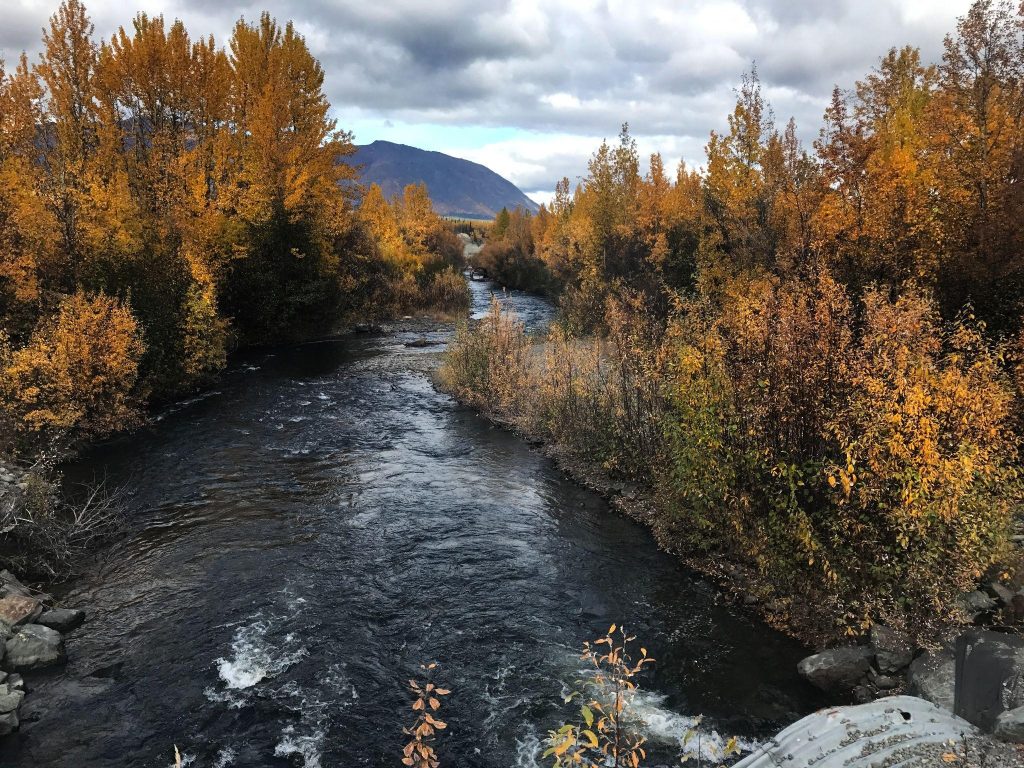
As a Washington State native, I was raised on the importance of salmon and their migration, which is heavily impeded by barriers like dams. We spent summers watching in awe as they jumped ladders for migration at hatchery viewing sites, and once I firmly established my interest in aquatic science, I closely followed the Elwha Dam removal and the results. When I became a Knauss finalist, I jumped at the opportunity to join the FWS National Fish Passage Program team focused on communications around projects funded by the Bipartisan Infrastructure Law.
There are millions of fish passage barriers across the country that block fish migration, fragment rivers, and put wildlife at risk of extinction. Barriers like dams or undersized culverts also put communities at higher risk to flooding, road failure, and dangerous river conditions. While some dams may have been historically important for hydroelectric power or irrigation for farms, thousands are no longer in use and end up blocking rivers from returning to their natural state. These remnant barriers are targeted for removal or replacement, creating a need for a “fish passage project”. A common misconception of fish passage is that all dams are targeted for removal. Dams are a vital source of renewable energy, especially in the Pacific Northwest, where it accounts for 90% of renewable energy in the region. Fish passage projects prioritize obsolete and failing dams that pose risk to both fish and neighboring communities. Dams that are still in use can also benefit from fish passage projects through installation of a fish ladder or fishway. For FWS, funding and technical assistance is provided through the National Fish Passage Program.
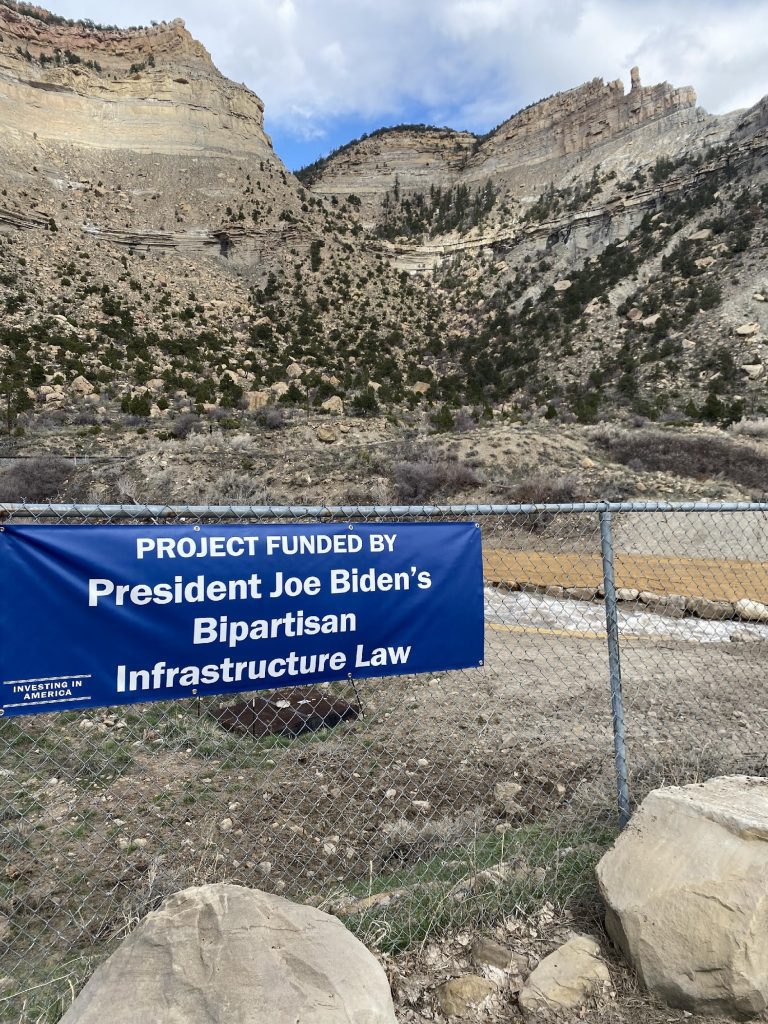

The National Fish Passage Program began in 1999, making it almost as old as I am. The program has removed over 3,400 barriers to fish passage and reopened 61,000 stream miles of habitat. This work is done by forming effective partnerships nationwide with diverse stakeholder groups, including Tribes, local communities, and private landowners. The Bipartisan Infrastructure Law provided an additional $200 million of funding for five years, basically tripling funding and expanding capacity for projects exponentially across the country. After learning about projects at Headquarters, I was looking forward to seeing them on the ground and meeting the staff and partners who make them happen.
Caption: The Gigliotti Diversion Dam Removal on the Price River project was funded by the Bipartisan Infrastructure Law through the National Fish Passage Program in 2022.
Much like the millions of fish that migrate through rivers annually, I needed to move away from my home to start my next phase of life. This road trip provided the perfect opportunity to get out in the field and witness the breadth of fish passage work across the country. I witnessed Secretary Haaland announce the $35 million funding of 39 National Fish Passage Program projects for 2023. I visited the Gigliotti Dam removal site on the Price River in Utah, where in just four months, a nine-foot dam was removed, boulders to improve fish passage were installed, and willows were staked to revegetate the riverbed. Additionally, I saw multiple project sites across five different states, all in varying stages of progress. I even visited the oldest continuously operating fish hatchery (135 years!) in Neosho, Missouri.
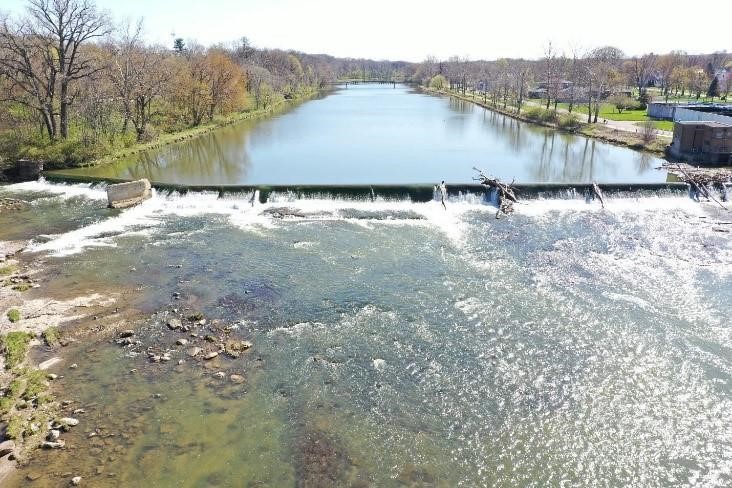

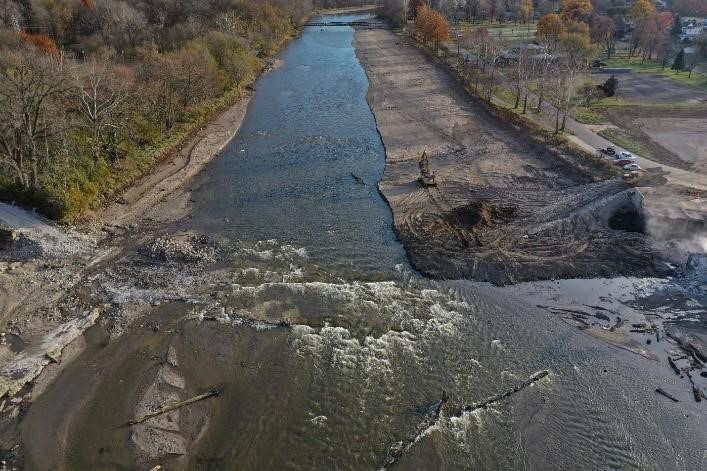

But the most powerful example of what fish passage projects accomplish for fish and people was in Logansport, Indiana. Nearly 750 stream miles in the Eel River basin have been reopened within a few years, reconnecting the Eel River with the Wasbash and larger Mississippi for the first time in over 200 years. In conjunction with dam removal, the town of Logansport removed an old water treatment and coal-fired power plant on the waterfront. Both structures had sat decommissioned for a decade. In their place are now basketball courts, an outdoor gym, and picnic areas. What was once an eyesore is now a thriving recreational area for the community to use and enjoy safely. Check out an aerial view timelapse here. This project demonstrates how fish passage projects benefit both wildlife and people.
The trip highlighted the importance of forming effective partnerships, funding community-oriented projects, and the lasting impact of the Bipartisan Infrastructure Law. The cascading benefits of fish passage projects are clear, achieving transformational change in watersheds for both fish and people. With three years of funding remaining, these projects will continue to restore rivers and inspire the next generation of fish enthusiasts. I feel so fortunate to play a part in this impactful and transformational work, thanks to the Knauss Fellowship.
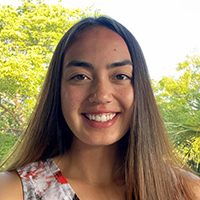

Sophia Troeh
Knauss Fellow
U.S. Fish and Wildlife Service Fish and Aquatic Conservation Team
Learn more about MIT Sea Grant and how its work serves coastal communities in Massachusetts and beyond.


